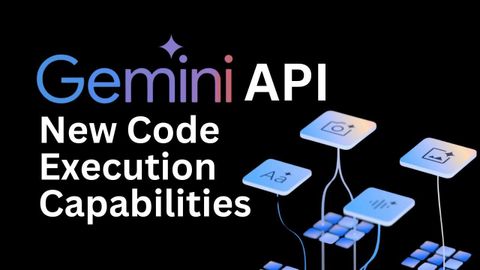Gemini APIコードインタープリタの紹介(実行) (Introducing Gemini API Code Interpreter (Execution))
Sean Lin が 2024 年 06 月 30 日 に投稿  この条件に一致する単語はありません
この条件に一致する単語はありませんUS /ɪk'strimlɪ/
・
UK /ɪkˈstri:mli/
US /ˈkɑnˌtɛnt/
・
UK /'kɒntent/
- adj.満足している;満足した
- n. (c./u.)内容;主題;コンテンツ;満足;コンテンツ;含有量
- v.t.満足させる
- v.i.同意する
US /ˈprɛznt/
・
UK /'preznt/
- adj.出席している;現在
- n.プレゼント;現在時制;現在;贈り物
- v.t.紹介する;司会をする;発表する;提示する;(賞を)贈呈する
- v.i.現れる
エネルギーを使用
すべての単語を解除
発音・解説・フィルター機能を解除
